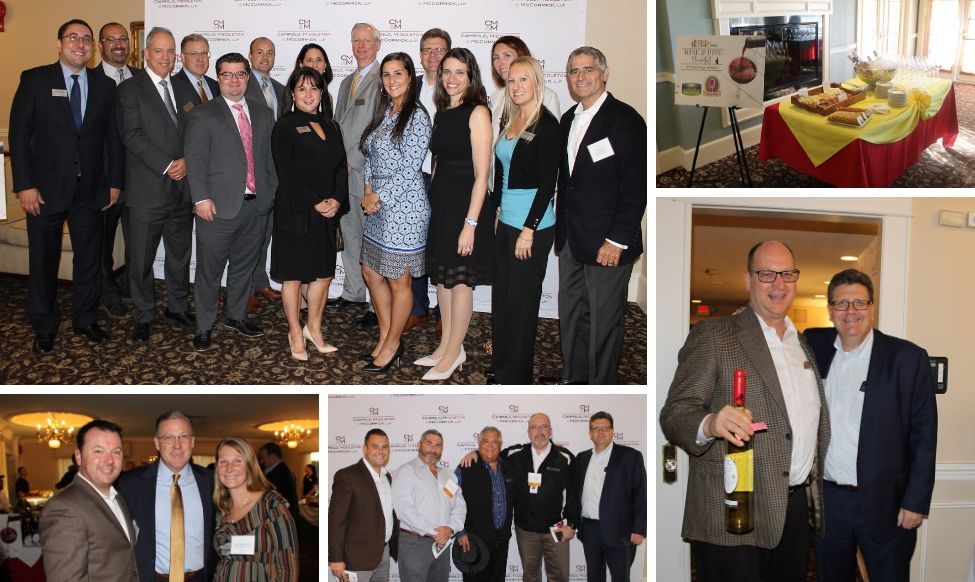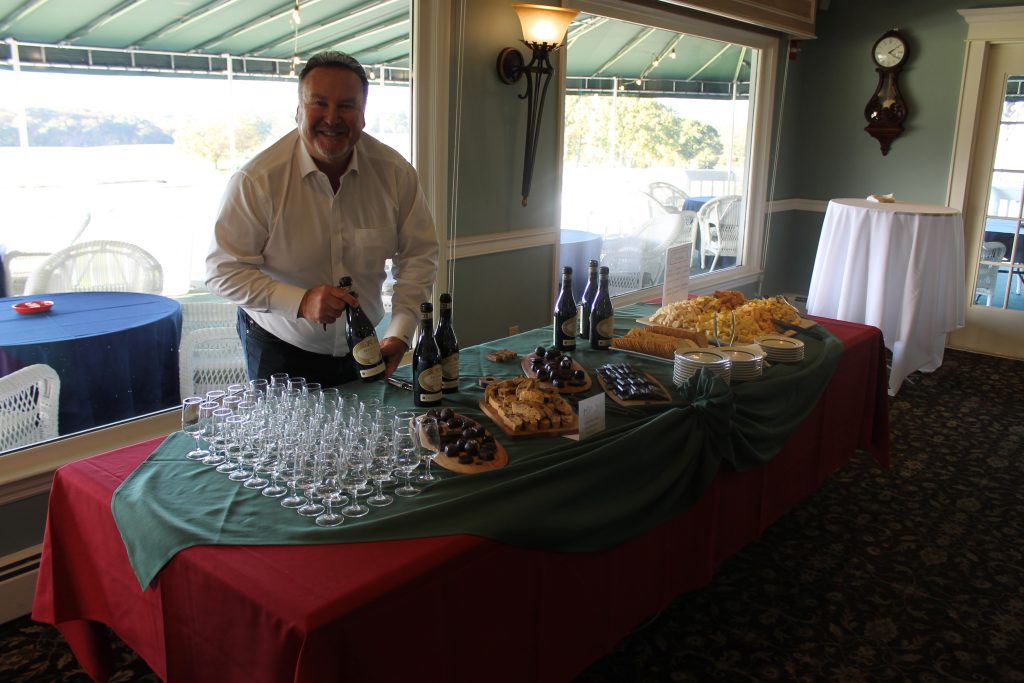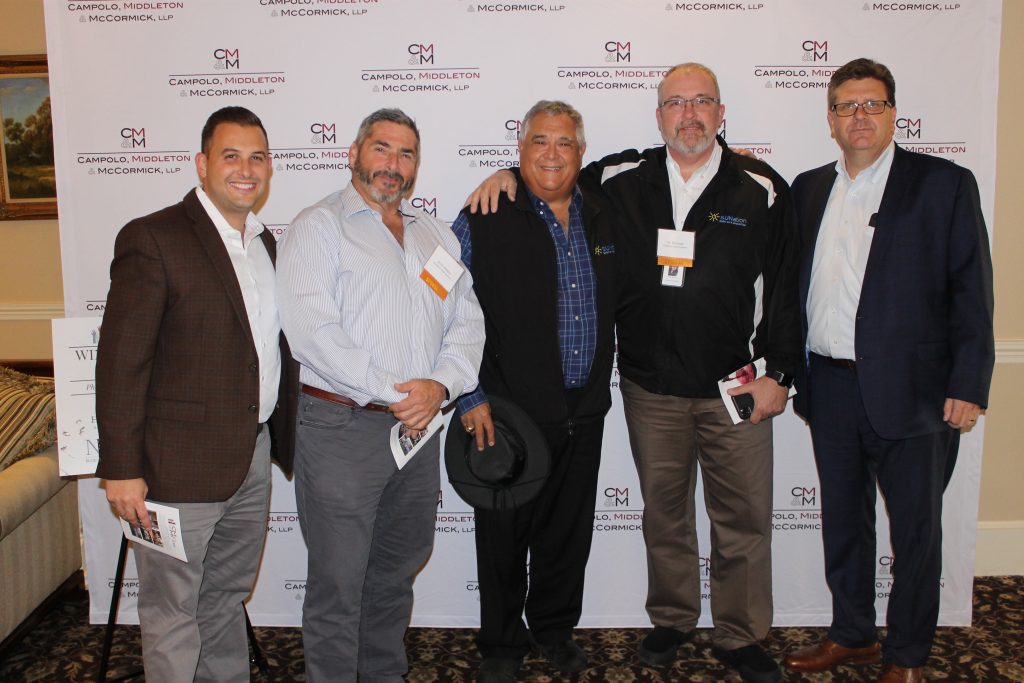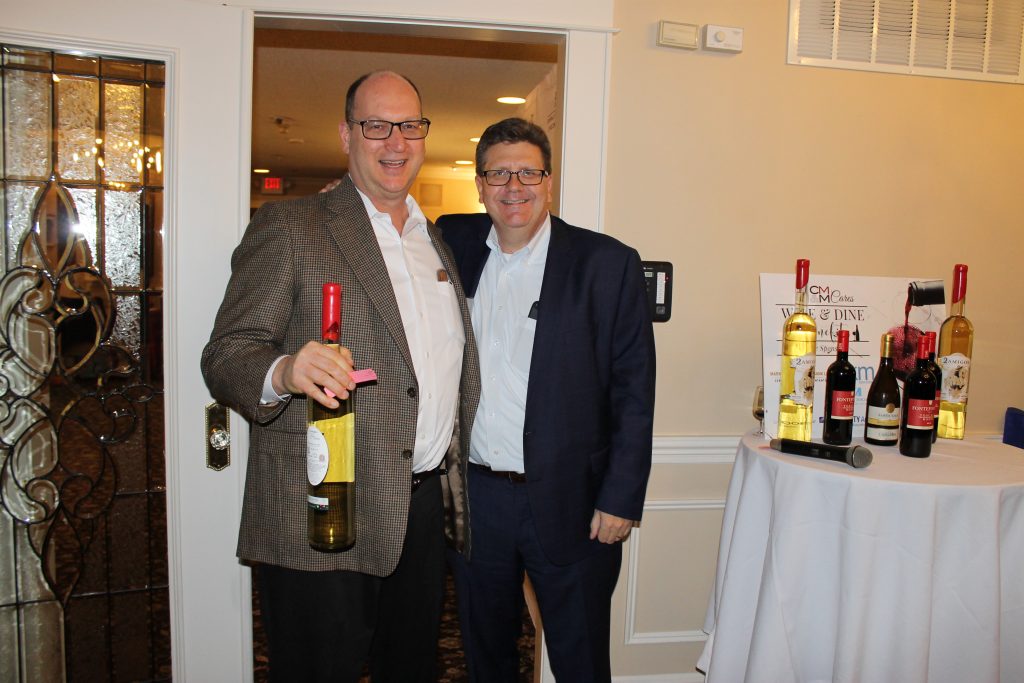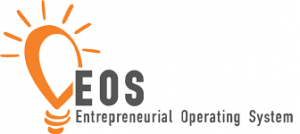In early October, the Supreme Court will hear
argument in a trio of cases asking whether federal employment law protects LGBT
employees. The cases will provide a definitive answer as to whether federal
employment law prohibits discrimination based on sexual orientation and gender
identity. The Supreme Court takes this trio of cases at a pivotal time. These
are the first cases affecting LGBT employment rights since Justice Kennedy
retired, who provided the key swing vote in several cases involving gay rights.
And no matter the outcome of these cases, the decisions will come in the spring
or summer of 2020, thrusting the Supreme Court to centerstage in the next presidential
election.
In the first two cases heard together, Altitude
Express v. Zarda and Bostock v. Clayton County, Georgia, the Supreme Court
will decide whether federal employment law prohibiting discrimination protects
gay and lesbian employees. Both cases involve male employees who claim their
employers discriminated against them by terminating their employment after
finding out they were gay. The employees then went to federal court in New York
and Georgia where they argued that their firing violated federal employment
law, which prohibits discrimination “because of sex.” The cases resulted in a
circuit split. The U.S. Court of Appeals for the 2nd Circuit permitted Zarda’s
case to move forward, reasoning that discrimination based on sexual orientation
is a “subset of sex discrimination,” but the U.S. Court of Appeals for the 11th
Circuit reached the opposite conclusion, holding Bostock’s case could not go
forward because federal employment law does not apply to discrimination based
on sexual orientation.
As expected in such landmark cases, each side is
supported by a legion of amicus briefs. But the allegiances to the
employees and employers are surprising. In support of the employees, 206
companies—including Apple, Facebook, and Walt Disney—filed a brief explaining
the practical and beneficial effects of banning discrimination based on sexual
orientation. The businesses informed the Court that banning sexual orientation
discrimination benefits business by ensuring “consistency and predictability” and
making it easier to “recruit and retain top talent.”
On the other side, the employers have the federal
government in their corner. The government echoes the employers’ argument that federal
law prohibits employers only from treating members of one sex differently from
members of the opposite sex. The government further maintains that if Congress intends
the law to mean differently, it should be left to Congress to legislate; the
Court should not engraft additional statutory protections.
In the third case, R.G. & G.R. Harris Funeral Homes Inc. v. EEOC, the Supreme
Court will decide whether federal employment law protections apply to
transgender employees. The funeral home’s employment records indicated the
employee was a man, but the employee identified as and wanted to dress as a
woman. The funeral home terminated the employee, stating that allowing the
employee to dress as a woman violated its dress code.
The employee’s argument is two-fold.
First, she claims the funeral home fired her because of her sex for choosing to
identify as a woman. Second, she claims precedent prohibits the funeral home
from discriminating against her based on her failure to conform to sex-based
stereotypes about how men and women should appear and identify.[1] On the other side, the
funeral home argues—as in Zarda and Bostock—discrimination on the basis of
sex prohibits employers only from treating members of one sex differently from
members of the opposite sex.
Regardless of the outcome of the trio of cases,
the stakes are high. Supreme Court precedent and federal law serve as guideposts
for state laws. Although many states provide protections for LGBT employees,
some do not, and decisions in these cases will influence whether those states
afford protections LGBT employees. Moreover, states often rely on or cooperate
with the EEOC in investigative and enforcement capacities. Decisions holding
that LGBT protections do not fall in the ambit of federal employment law will
hinder states in enforcing their anti-discrimination laws. Because these cases
will have such a tremendous impact on LGBT employees’ rights and employers’
duties, we look forward to discussing the High Court’s decisions and the impacts
they will have on business.
[1] Price Waterhouse v. Hopkins, 490 U.S. 228
(1989).


